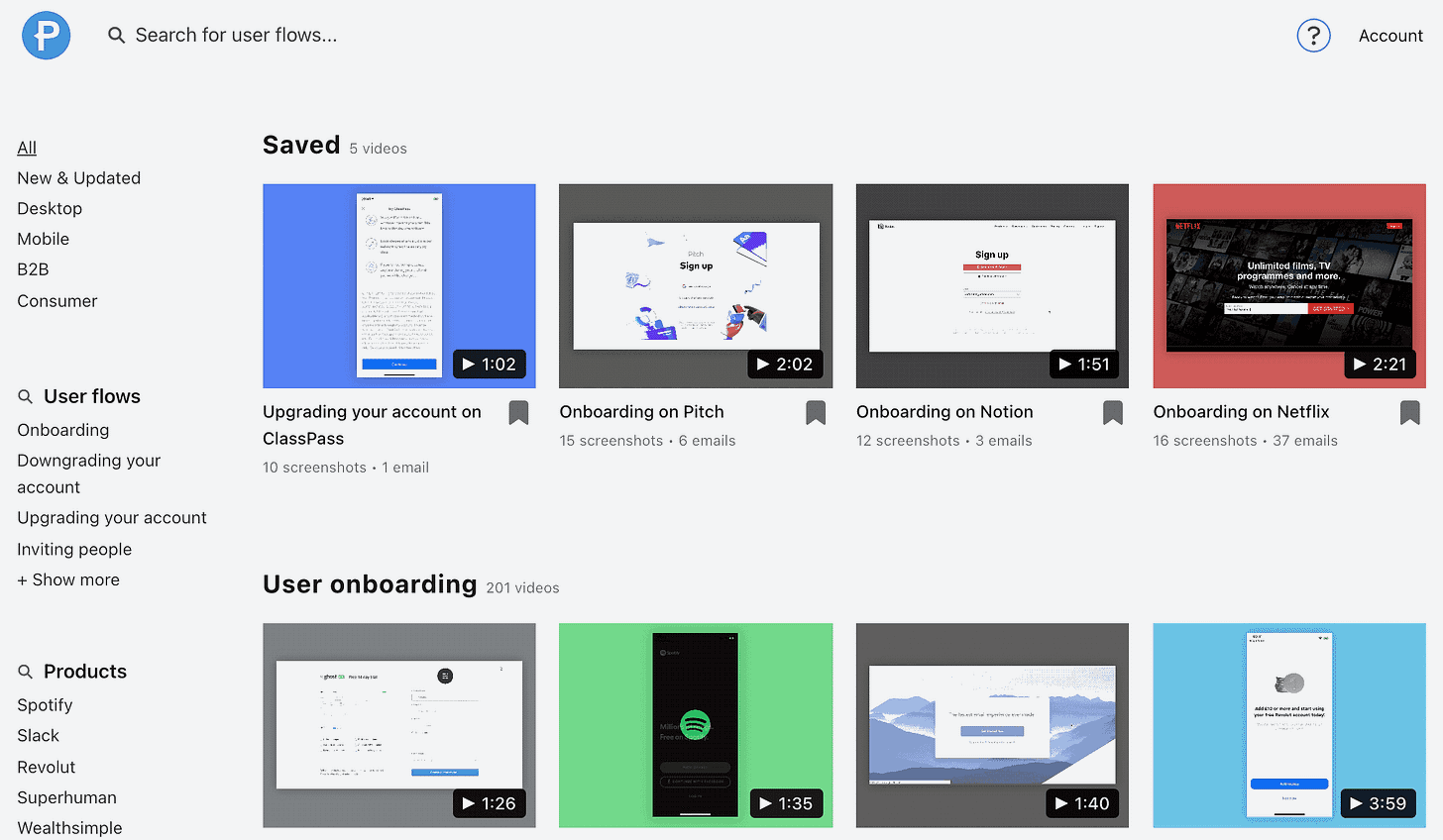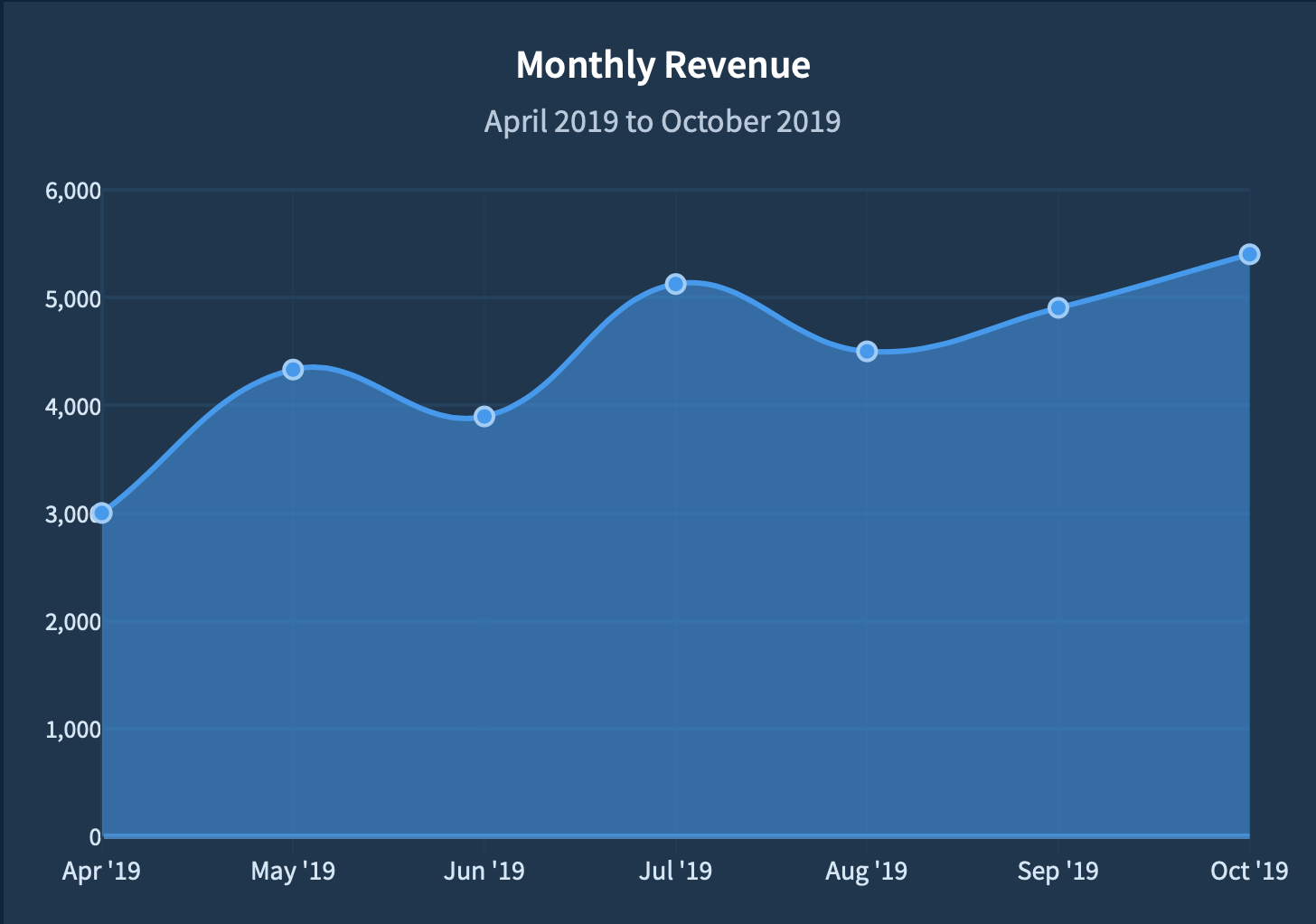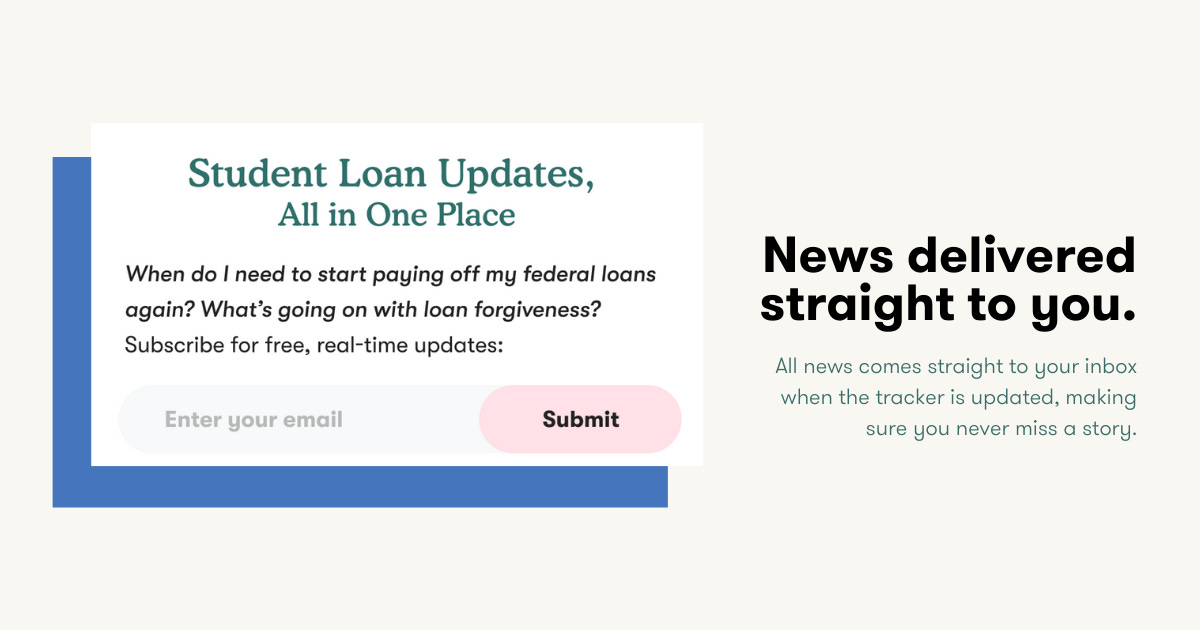👨🌾PageFlows
How PageFlows got its first 500 customers?
Hello Everyone
This is the third issue to to be released this week! Crazy I know! For the 250+ new members welcome welcome welcome, this is the best decision you made in your life last week! As a refresher this newsletter talks about how companies got their very first customers.
Today I am extremely excited to introduce something new, an Indie hacker company! Ramy Khuffash went full-time Indie in 2018 and hasn’t looked back since, he runs a few projects like PageFlows, ScreenJar and Inboxflows that generate him enough income that he can work whenever he wants, wherever he wants! Honestly I was a little bit jealous during my conversation with Ramy.
What is PageFlows?
PageFlows is a video directory of a curated set of user flows, you need inspiration to create a new onboarding experience? What are some of the best practices for an exit flow? Don’t Know where to get started on asking for an upsell?
The answer to all these questions and more is on PageFlows
How it got started?
When Ramy launched his design newsletter X on Product Hunt, it went viral! He accumulated over 20k subscribers organically over the next few years and well wanted make some $$$ out of that newly found audience he acquired. He started reaching out to a few of his subscribers asking something along the lines of
What is one thing you would be willing to be money for?
Seeding his paid product with an engaged newsletter audience
A lot of the conventional startup advice is to be your own customers, and try to solve your own problems. But as with my experience writing this newsletter, the majority the companies we covered did something that is counterintuitive to what people talk about. Airbnb was created out out of solving its founders problems, but Wayfair was not. In fact the founders of Wayfair have repeatedly iterated how they “are not really passionate about furniture” even after running an online furniture company for almost 20 years. Similarly with PageFlows, Ramy found out what his audience problems were rather than his own. This way he did not have to go to square one again to try to seed his new paid products with users.
The big Fail
A few weeks went by, Ramy launched his UX library product for $14/month, which was rather arbitrary at the point. He did everything right, plugged it into his massive audience, did a successful launch on Product Hunt and tweeted about the company but after a few weeks only one person had signed up, it wasn’t really worth the effort. Another conventional wisdom that Ramy read up on was that charging anything less than $20/month would not be viable for an Indie maker trying to make a living off their product. Ramy hung up the boots of Pageflows a few weeks later, he turned it to a free product and just forgot about it. He kept the backlink from his newsletter page pointing to the (now free) version of Pageflows
The 2 year comeback
After sometime, Ramy was checking his Google Analytics and found an interesting nugget; people seemed to really engage with his video walkthroughs. In a true Indie Hacker fashion he pulled up a fake payment forum and found that a few people tried to go through it! Powered by this accidental discovery of a value proposition he went all in on video and started pimping up his library.
The Pricing Crusade
Pricing is one of the most underexplored areas of product development. Product teams usually spend 10 hours or so per year thinking about pricing! That’s it! For Ramy though it was front and center for a few reasons:
He needed a recurring source of income
The product use was sporadic at best. It doesn’t have the use frequency or stickiness of Netflix or IG, but people still found immense value in exploring new flows specially when they have a new project to undertake
The minimum $20/month advice was stuck with him
After a lot of experimenting, Ramy settled on a rather interesting model. He would charge people Quarterly and Yearly. You can’t pay for Pageflows on a monthly basis. That pricing structure did a few things:
Counterintuitevly the quartarely payment structure felt less of a “commitment” than the monthly payment structure. That is because people had 3 whole months to “get value” from the product. They weren’t pressured by that 30 day interval
It mimics usage behavior. It is rather unlikely that every month or every few weeks you are working on a new product and need UX inspiration. But it is quite logical to have one big product release every quarter or so.
It had an impulsive nature to it. People can, again counterintuitively, were more willing to buy this product for 3 months, and give it a spin when they really needed it than commit to a monthly subscription. A quarterly subscription took away that “ohh this is extremely helpful, I ll come back to it when I really need it”
Economics
Source: Indie Hackers
Pageflows costs just $300-$400/month to run and generates well above 90% net profit margin! Ramy 14 months ago was pulling in more than 5k/month alone from this product and is likely doing much better now! The Internet is a truly amazing space! But he is not done! He is currently working on a product I am extremely excited about called InboxFlows. InboxFlows is the PageFlows of Email Marketing 😉.
Support Me on Product Hunt
In spirit of Creating stuff, I just launched Biden Student Loan Forgiveness tracker on ProductHunt. If you enjoy this newsletter and are in a generous spirit, click here and give it an upvote. Thank you 👼
See you next week 😉,
Ali Abouelatta



